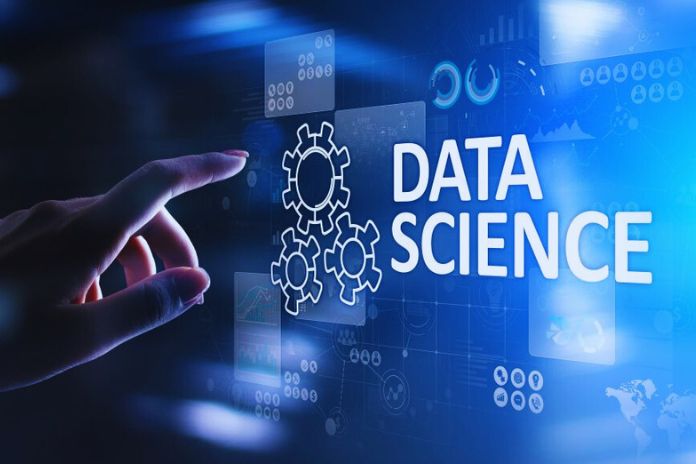Data Science: From Business Intelligence To Advanced Analytics

Over the years, many similar and complementary disciplines have developed around Data Science. Still, they often differ in the type of analysis and “work” conducted on the data. Let’s try to understand how it evolved from Data Science and, above all, how we moved from Business Intelligence to Advanced Analytics, how they differ, and why they are both critical for the decision-making process in companies.
Table of Contents
What Is Data Science, And Why Is It A Multidisciplinary Science?
Data science, in Italian, can be defined as the set of disciplines, techniques, and methodological principles that are based on the scientific method necessary to “observe” data, i.e., interpret, analyze, and extract information and valuable knowledge (usually thanks to the support of experts called data scientists).
Initially, Data Science was the science (to be understood as a discipline) linked to the management and manipulation of data (therefore, with a very close correlation to the traditional information technology of those years). At that time, there was still no emphasis on data value issues, so Data Science did not include methodological (and technological) approaches and tools for their analysis and interpretation.
We have to wait until 2001 to see Data Science no longer as a branch of information technology (mathematics and statistics) but as a separate discipline. From a “technical” point of view, the technical areas of data science are those that have an impact on how a Data Scientist, i.e., a data analyst, studies, examines, breaks down, and analyzes data:
- Statistical theory, statistical models.
- Statistical and machine learning methods.
- Algorithms for statistical and machine learning methods and optimization.
- Computational systems for data analysis.
- Real-time data analysis where results are judged by the results, not by the methodology and techniques used.
The concept of Data Science then evolved further, following the evolution of Analytics and the advent of Big data, which contributed to “shaping” a multidisciplinary science whose basic principle is not data management but its valuation. Today, Data Science, while maintaining some peculiarities of its original definition (i.e., the transversality of scientific disciplines: computer science, mathematics, and statistics), is understood as a multidisciplinary science that requires skills closer to the business world, linked to the ability to know how to read, interpret, understand, and capitalize on data to extract helpful value from it.
Data Science And Big Data Advanced Analytics
From Advanced analytics, the so-called Big Data Advanced Analytics is a term used to emphasize not so much the diversity of data analysis methods as the “raw material”. Advanced Analytics is a term used to emphasize not so much the diversity of data analysis methods as the “raw material,” or “big data,” rather than “normal” data. The science of predictive analysis of large numbers of heterogeneous data (coming from many different sources) and of varying nature (structured data and unstructured data) for the discovery, interpretation, and knowledge of significant patterns in such masses of data is fundamental for more effective decision-making processes “.
It is clear that big Data, in this sense, does not represent the analysis itself but the “means” that feed the calculations. A means that deserves a front-row seat in Data Science because the very nature of this data and the speed with which it increases and evolves inevitably directly and consistently impacts the science of data analysis. Without going over what Big Data is, of which much has been written, especially about the 3 Vs (Volume, Variety, Speed), which later became 5+1 (Volume, Variety, Speed, Truthfulness, Variability + Value), Data Science and Big Data Advanced Analytics are today the two disciplines (or rather, the latter the specific and peculiar expression linked to predictive data analysis of the macro discipline of data science) that attract the most interest from companies.
The reason is understandable by looking at the scope (and value, above all) of the Big Data themselves, which allow companies, through their correct analysis and interpretation, to have a wealth of information and valuable knowledge for understanding the trends of increasingly uncertain markets and dynamics, understanding the “moves” of the competition, understanding the needs (even unexpressed) and desires of users to improve engagement, loyalty, or reduce the risk of abandonment, managing and mitigating financial and business risks, and so on.
Ultimately, companies today are looking to Analytics with interest because they need tools (without forgetting processes, methodologies, disciplinary approaches, and skills) that can help them make decisions more informed and objectively based on data. In other words, they need to evolve towards a data-driven enterprise model.
Also Read: Remote Computer Assistance: Advantages And Disadvantages






